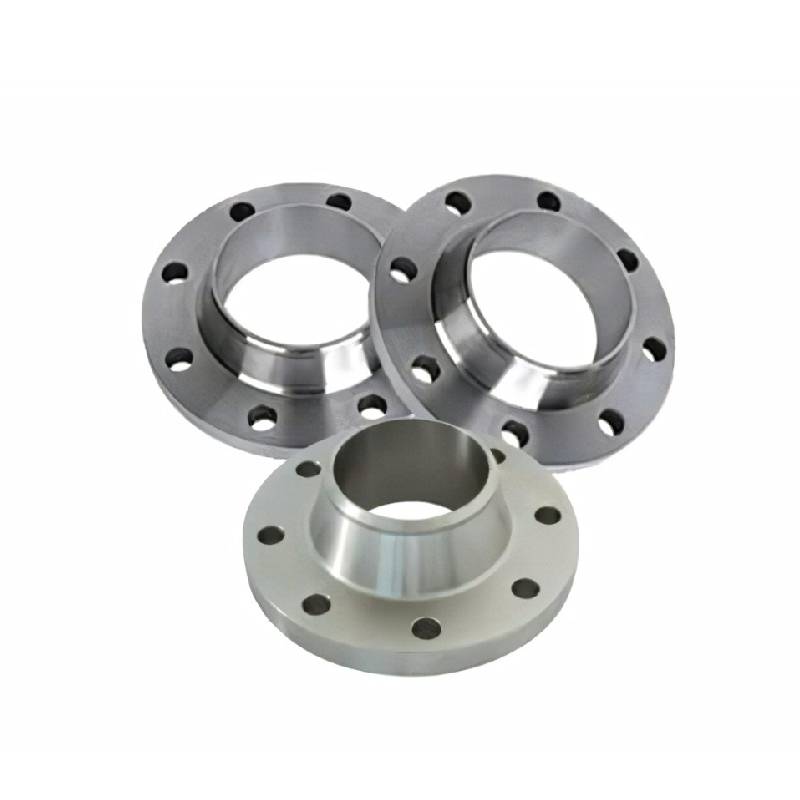-
Cangzhou Yulong Steel Co., Ltd.
-
Phone:
+86 13303177267 -
Email:
admin@ylsteelfittings.com
- English
- Arabic
- Italian
- Spanish
- Portuguese
- German
- kazakh
- Persian
- Greek
- French
- Russian
- Polish
- Thai
- Indonesian
- Vietnamese
- Zulu
- Korean
- Uzbek
- Hindi
- Serbian
- Malay
- Ukrainian
- Gujarati
- Haitian Creole
- hausa
- hawaiian
- Hebrew
- Miao
- Hungarian
- Icelandic
- igbo
- irish
- Japanese
- Javanese
- Kannada
- Khmer
- Rwandese
- Afrikaans
- Albanian
- Amharic
- Armenian
- Azerbaijani
- Basque
- Belarusian
- Bengali
- Bosnian
- Bulgarian
- Catalan
- Cebuano
- China
- China (Taiwan)
- Corsican
- Croatian
- Czech
- Danish
- Esperanto
- Estonian
- Finnish
- Frisian
- Galician
- Georgian
- Kurdish
- Kyrgyz
- Lao
- Latin
- Latvian
- Lithuanian
- Luxembourgish
- Macedonian
- Malgashi
- Malayalam
- Maltese
- Maori
- Marathi
- Mongolian
- Myanmar
- Nepali
- Norwegian
- Norwegian
- Occitan
- Pashto
- Dutch
- Punjabi
- Romanian
- Samoan
- Scottish Gaelic
- Sesotho
- Shona
- Sindhi
- Sinhala
- Slovak
- Slovenian
- Somali
- Sundanese
- Swahili
- Swedish
- Tagalog
- Tajik
- Tamil
- Tatar
- Telugu
- Turkish
- Turkmen
- Urdu
- Uighur
- Welsh
- Bantu
- Yiddish
- Yoruba

Oct . 10, 2024 19:11 Back to list
ansi b16 1 class 250
Understanding ANSI B16.1 Class 250 A Comprehensive Overview
The ANSI B16.1 standard, established by the American National Standards Institute (ANSI), outlines the specifications for cast iron pipe flanges and flanged fittings, primarily focusing on the dimensions, materials, and pressure-temperature ratings. Among the various classes specified within this standard, Class 250 is particularly noteworthy due to its specific applications in various industrial settings. Understanding this class involves delving into its characteristics, applications, and benefits within fluid and gas transportation systems.
The Basics of ANSI B16.1
The ANSI B16.1 standard was created to provide a consistent and reliable measure for flanges that connect piping systems in different applications. Flanges are critical components in piping systems, acting as the connection points between two pipeline sections or between pipelines and other equipment. The B16.1 classification mainly involves gray iron and ductile iron materials, providing good durability and performance under specific conditions.
The standard categorizes flanges based on their pressure-temperature ratings, material specifications, and design features. Each class serves different operational requirements, and Class 250 is optimized for certain environments where higher pressure ratings are necessary.
Class 250 Specifications
Class 250 flanges signify a certain pressure rating when the flanges are utilized at a specified temperature. Specifically, Class 250 is rated for a maximum pressure of 250 psi at a temperature of 100°F. As the temperature increases, the pressure capabilities decrease; thus, understanding the temperature operating range is critical for ensuring safe operation. Class 250 flanges are typically made from cast iron, which is favored for its excellent machinability and good sealing properties.
One of the key dimensions specified in ANSI B16.1 is the bolt pattern and size, which ensures proper alignment and a leak-proof connection when the flange is bolted to its counterpart. The standard also outlines tolerances, ensuring that variances in manufacturing do not lead to failures in the field.
Applications of Class 250 Flanges
Class 250 flanges are widely used in various industries, particularly in waterworks and sewage systems, chemical processing, and heating applications. Their robust construction and high-pressure rating make them ideal for systems that encounter significant operational demand.
ansi b16 1 class 250

1. Water Supply and Wastewater Management In municipal water supply systems and sewage treatment plants, Class 250 flanges are often employed due to their ability to withstand high pressures while ensuring durability. They are essential for the interfacing of different pipeline sections, ensuring reliable water flow and waste removal.
2. Heating Systems Many HVAC systems incorporate Class 250 flanges to connect components like boilers and heat exchangers. The ability to handle fluctuations in pressure and temperature without failure makes these flanges suitable for these environments.
3. Chemical Processing In chemical plants where various substances are transported, the resilience of Class 250 flanges to corrosive materials, alongside their high-pressure tolerance, ensures safe and effective operation.
Benefits of Using Class 250 Flanges
The advantages of employing ANSI B16.1 Class 250 flanges are manifold
- Enhanced Safety Given their robust design and pressure rating, Class 250 flanges significantly reduce the risk of leaks and bursts in high-pressure environments, thereby enhancing overall system safety.
- Versatility Their compatibility with various temperatures and pressures makes them suitable for a wide range of applications, providing flexibility in design and installation.
- Cost-Effectiveness While the initial investment might be higher, the durability and low maintenance requirements of Class 250 flanges can lead to cost savings over time.
Conclusion
ANSI B16.1 Class 250 flanges play a pivotal role in ensuring the operational integrity of various industrial and municipal systems. Understanding their specifications, applications, and advantages is vital for professionals engaged in piping system design and maintenance. By selecting the appropriate flange class, engineers can optimize system performance and safety, ultimately contributing to the reliability of fluid and gas transport across numerous sectors.
Latest news
-
ANSI 150P SS304 SO FLANGE
NewsFeb.14,2025
-
ASTM A333GR6 STEEL PIPE
NewsJan.20,2025
-
ANSI B16.5 WELDING NECK FLANGE
NewsJan.15,2026
-
ANSI B16.5 SLIP-ON FLANGE
NewsApr.19,2024
-
SABS 1123 FLANGE
NewsJan.15,2025
-
DIN86044 PLATE FLANGE
NewsApr.19,2024
-
DIN2527 BLIND FLANGE
NewsApr.12,2024
-
JIS B2311 Butt-Welding Fittings LR/SR 45°/90° /180°Seamless/Weld
NewsApr.23,2024











